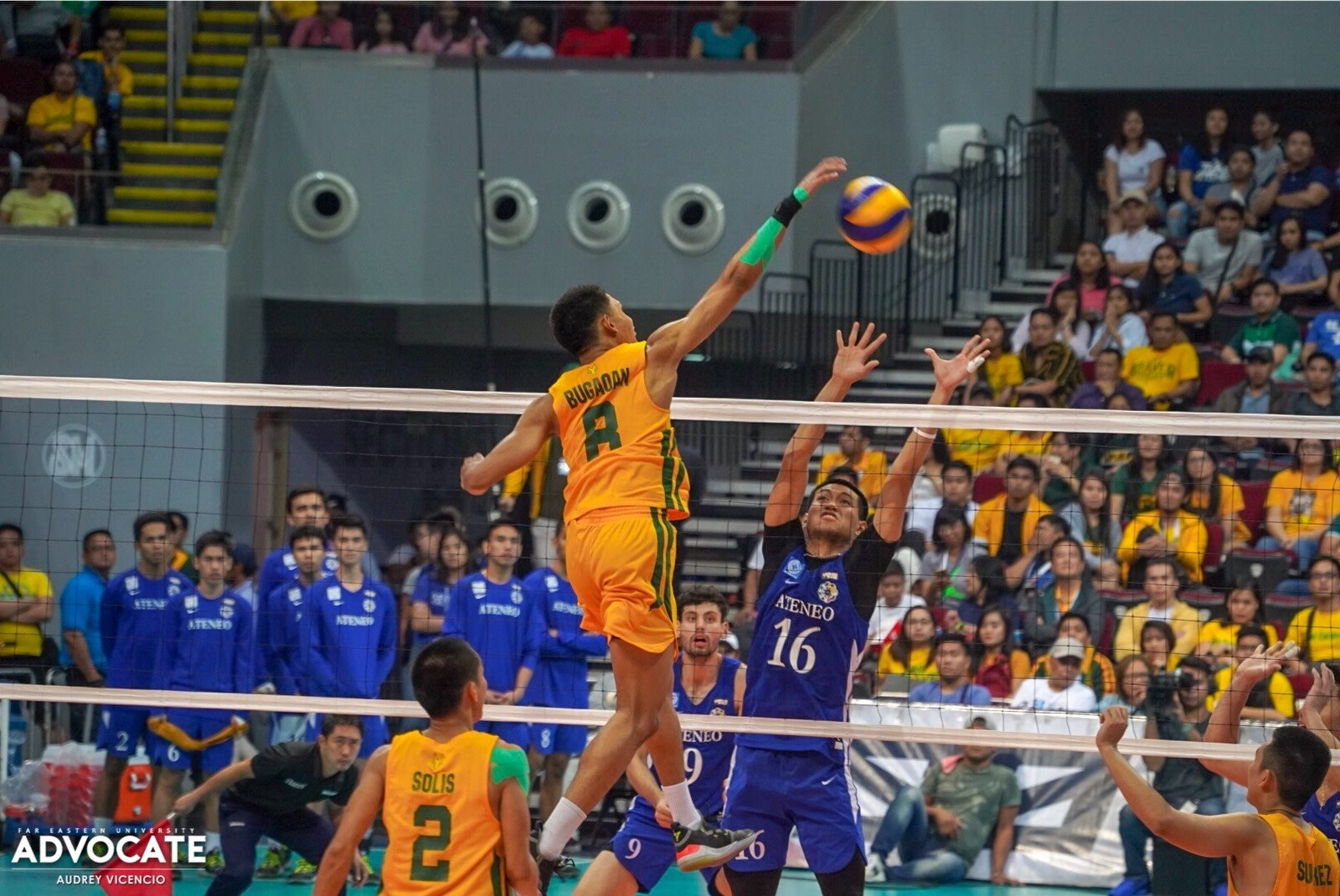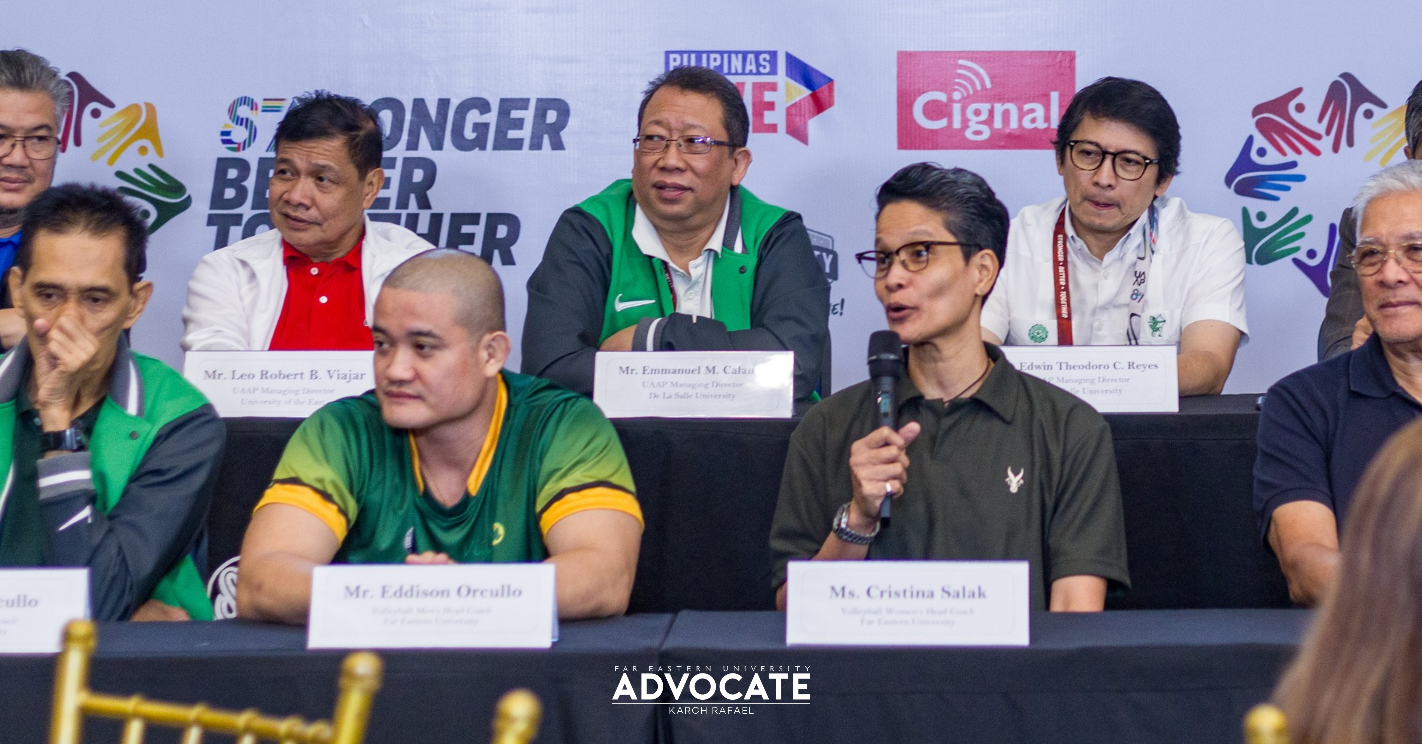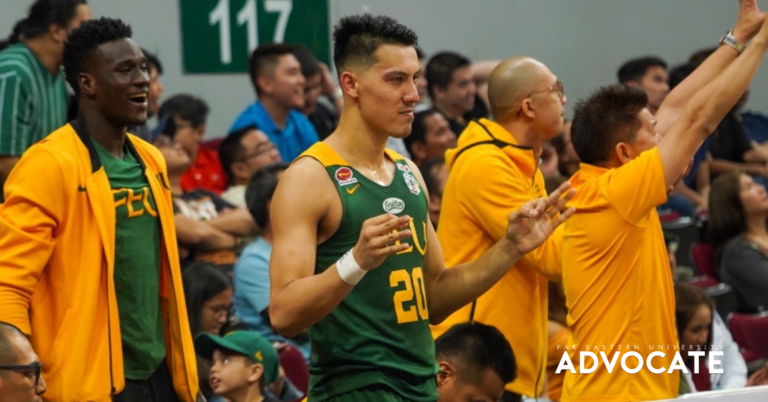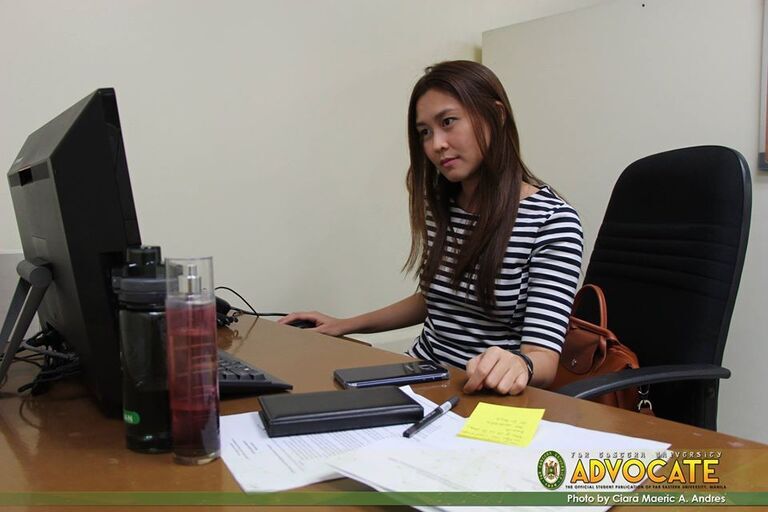
A Lady of Radiance
- June 17, 2016 21:34
FEU Advocate
October 02, 2025 09:56
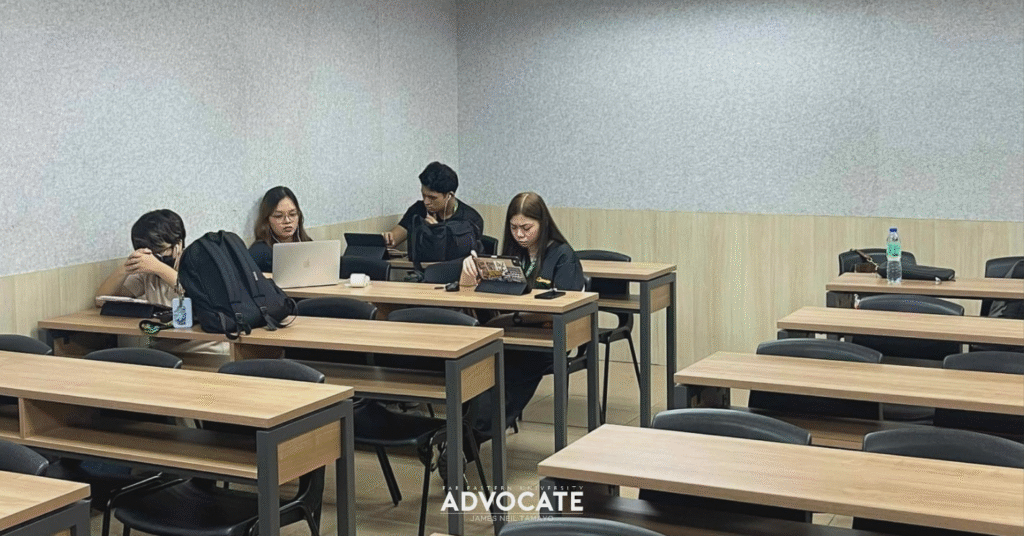
By Art Santiago
With the rollout of the Shared Hybrid Learning Spaces to support the new learning setup, Far Eastern University (FEU) students raised their concerns regarding the promise of accessibility and convenience, prompting the Academic Standards Office (ASO) to respond and address the issue.
Launched on September 3, Arts Building (AB) Rooms 302 to 305, and 307, and Admissions Building (ADB) Rooms 301 and 306 have been initially designated as learning spaces for Tamaraws.
In a Facebook post, FEU announced a few updates to its Shared Hybrid Learning Spaces, adding AB 306, ADB Interactive Rooms 207A to 207B, ADB Computer Laboratories 301 and 306, and all second-floor rooms of FEUture Center (FC) Building, while excluding AB 307 from the list.
The AB and ADB learning spaces are available to students from Thursdays to Saturdays, 7:30 a.m. to 9:00 p.m., while the rooms in FC are available from Thursday to Friday.
The designated learning spaces are equipped with internet access and operate on a first-come, first-served basis, with students expected to bring their own devices.
However, several students claimed that the current setup fails to reach the expectations set by the University in terms of usage, with multiple reports of the supposed learning spaces being used as classrooms during the allotted hours having surfaced on One Piyu Community (OPC), a closed Facebook group exclusively for Tamaraws.
In an online interview with FEU Advocate, second-year Psychology student Ace Julia Llenas expressed her dissatisfaction with the Shared Hybrid Learning Spaces by sharing her frustrations on OPC, mentioning an instance where all the designated learning spaces were used as classrooms by some professors for make-up class discussions during their supposed operating hours.
“My experience [with the Shared Learning Space] wasn't good. Pumunta ako sa (I went to the) campus for the shared spaces, but all of the rooms sa Arts Building ay occupied by a class with a [professor] na nagdi-discuss pa talaga (discussing),” she noted.
Similar to Llenas’ experience, fourth-year Hotel and Restaurant Management student Lawrence Dueñas shared in a separate interview that his experience with the Shared Hybrid Learning Spaces was far from ideal.
“Isang beses pa lang ako gumamit ng ‘shared spaces’ ng FEU (I've only used FEU's 'shared spaces' once), and to be honest, it's [as] messy as it can get. Tinawag lang nila itong ‘shared spaces’ just because. Kasi alam nila na karamihan sa mga estudyante ay doon tumatambay at ginagawang space to do school activities (They only called it 'shared spaces' because they know that most students hang out there and use it as a space to do school activities),” Dueñas stressed.
Both students opted to transfer to alternative locations, both inside and outside the University, for a faster internet connection and quieter study space.
Additionally, Dueñas remarked that the high volume of students relying on the designated shared spaces makes studying difficult, especially when paired with a weak internet connection.
“Hindi ito angkop na ‘space’ kasi [ang] laki ng student population ng FEU [at] napakaraming [gumagamit], wherein ang result is hindi na siya ‘online setup’-friendly [at] ang bagal ng internet (It's not a suitable space because of the massive size of FEU's student population and users, wherein it's no longer online setup-friendly and the internet becomes slow),” he added.
Furthermore, Llenas expressed her concerns in studying at the designated learning spaces, noting that the difference in classes among the students utilizing the Shared Hybrid Learning Spaces makes it harder for her to focus.
“Kahit pa may shared spaces, hindi naman po ‘yan independent study na tahimik ang lahat. Magkakaiba ng klase [ang] mga nasa shared spaces (Even if there are shared spaces, it is not similar to independent study where everyone is silent. People in the shared spaces have different classes),” she stated.
In an interview with FEU Advocate, FEU Senior Director of the Academic Standards Office Dr. Joseph Jintalan responded that the Shared Hybrid Learning Spaces are still in their early stages and are subject to adjustments based on student feedback.
“For some rooms [for blended learning], we have [already] allocated people. But, it's not all the time [although the] presence is there already. The goal is, in the long run, we don't have [to] monitor because you [the students] are already adults. That's the long-term goal. But, for now, we are deploying people to monitor that the room is properly utilized,” he explained.
Jintalan also clarified that the concerns regarding internet connectivity have already been communicated to the University’s Information Technology Services Office for a network boost, as well as the request for multiple device connections per user to the Wi-Fi.
“[In regards to] the Wi-Fi connectivity, I think the concern has [already] been communicated to our IT department. [As well as the] request that more than one device is allowed [per student],” he detailed.
Aside from raising concerns about the current learning setup, Dueñas also suggested ways to improve the Shared Hybrid Learning Spaces to make them more student-friendly if the University is keen on maintaining the current setup.
“If itutuloy pa rin naman nila ang (Should they continue) online classes at hindi papakinggan ang mga estudyante (and will not listen to the students), then [they should] provide more shared spaces, open more classrooms, [and] buildings. [They should also] provide a stronger internet connection and come up with stricter policies if nasa shared spaces,” he suggested.
Meanwhile, Llenas was firm in wanting the learning setup to be reverted to full face-to-face, as she believes that students are not able to learn properly with the current modality.
For both students, the success of the initiative in providing an effective learning space for the student body will depend on how the students will effectively utilize the spaces, as well as on how the University will make them more student-friendly.
In relation to this, the ASO Senior Director mentioned that a possible addition to the allotted shared spaces will be implemented by the next school year, noting that the construction preference will be communicated to students through surveys and suggestions.
(Photo by James Neil Tamayo/FEU Advocate)

